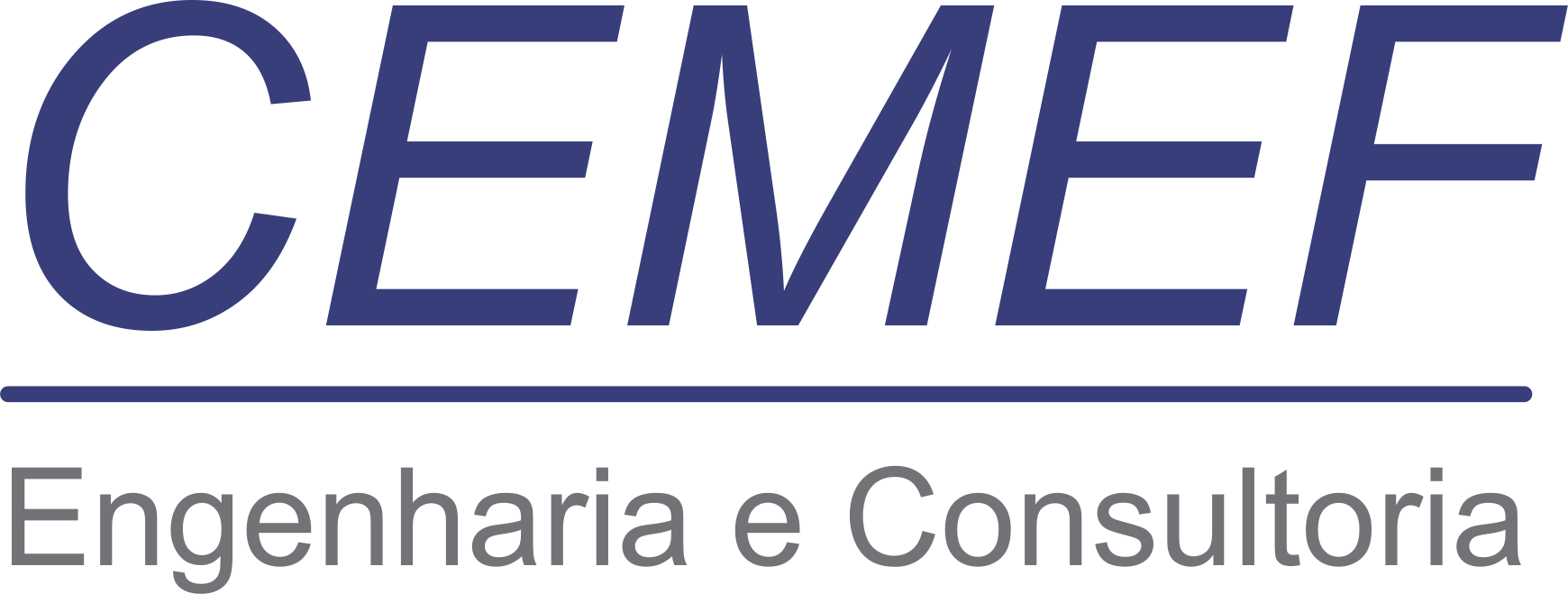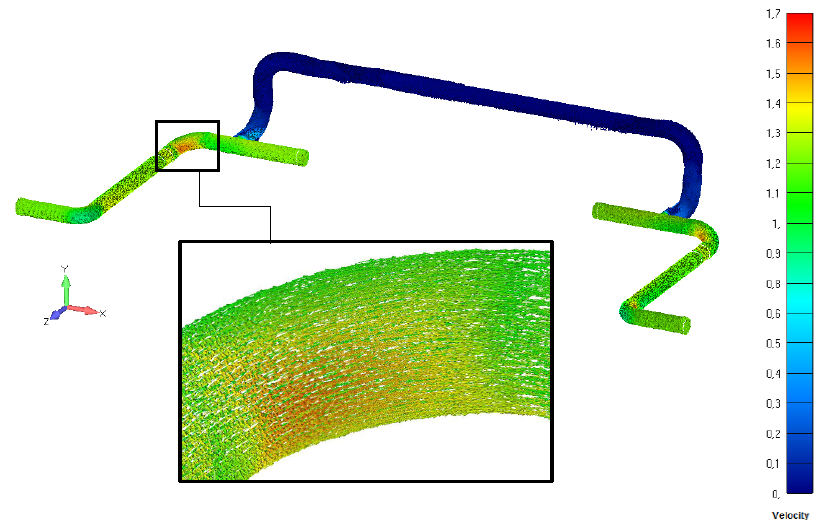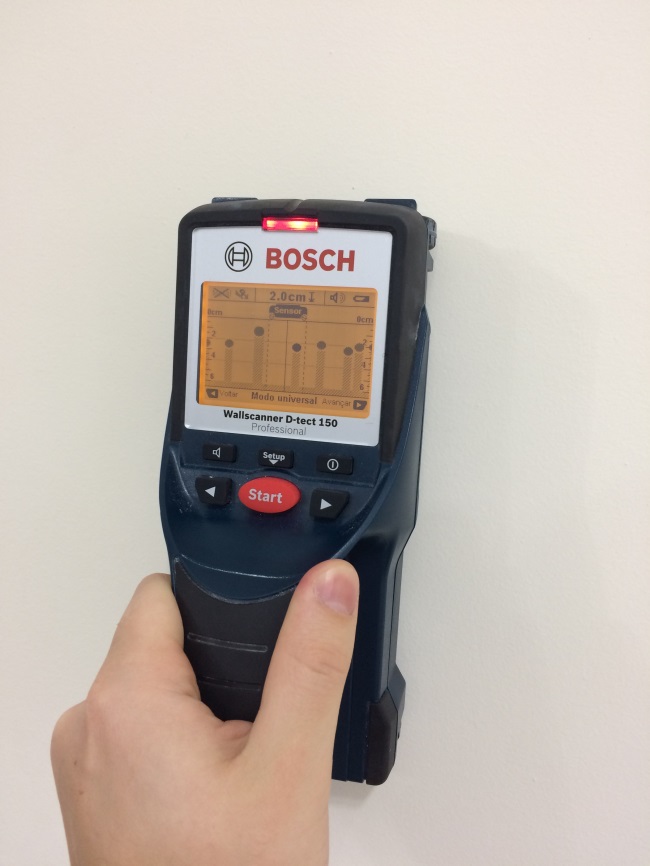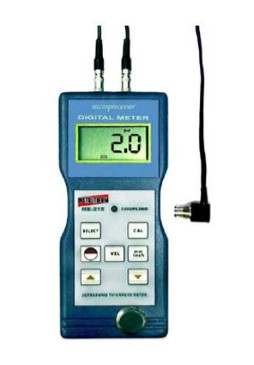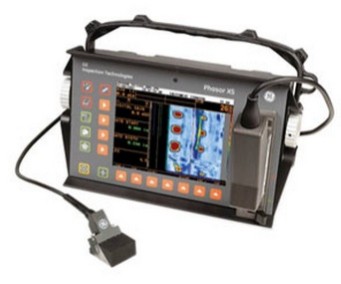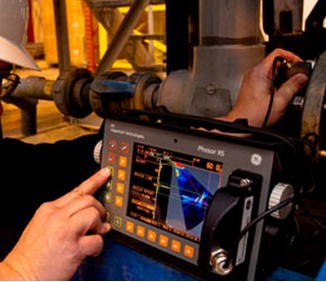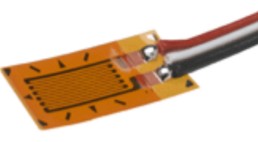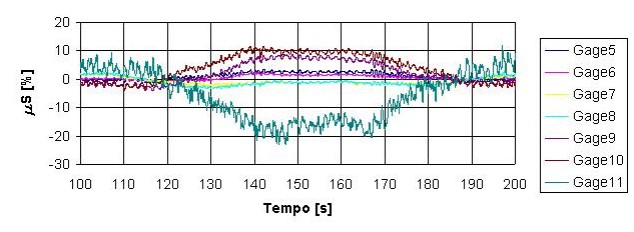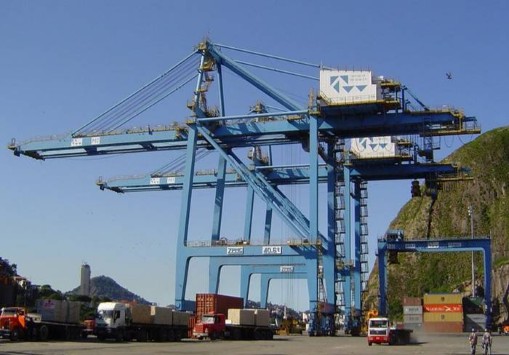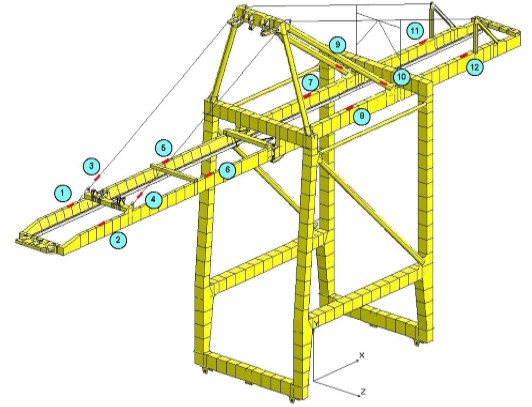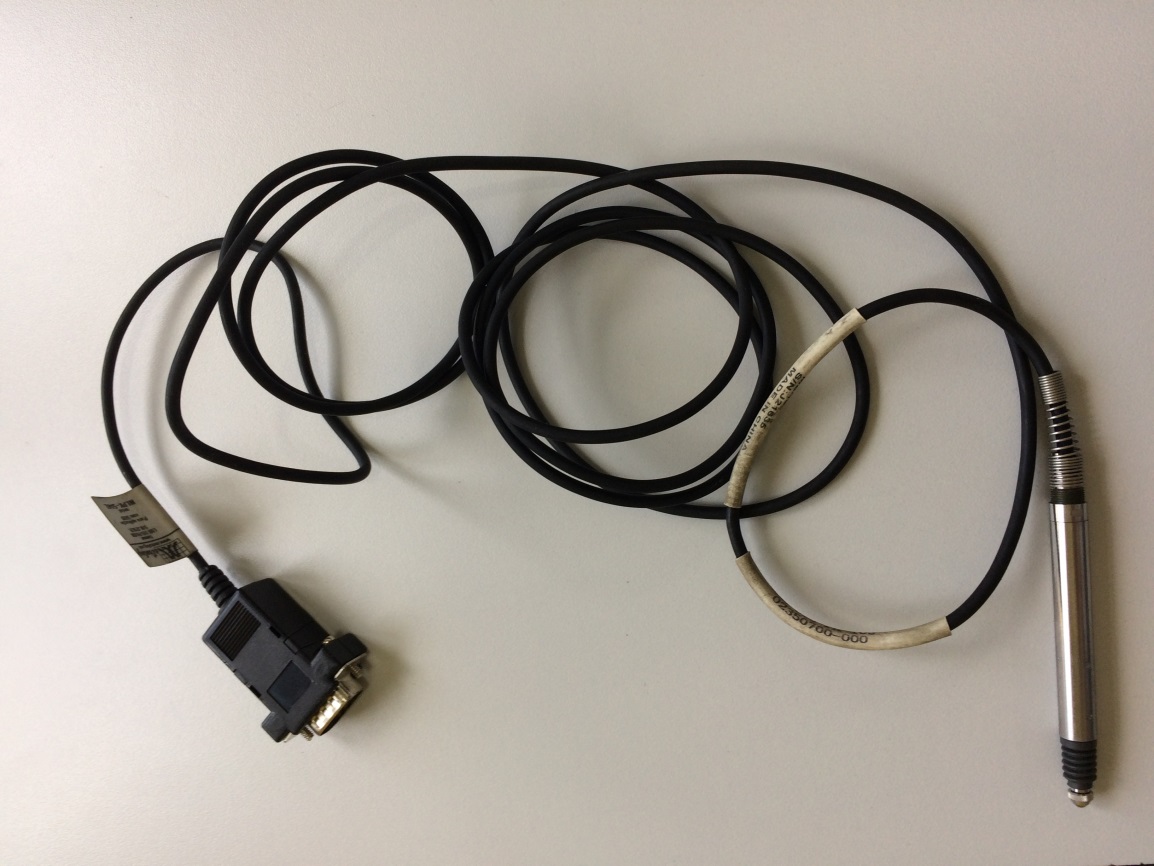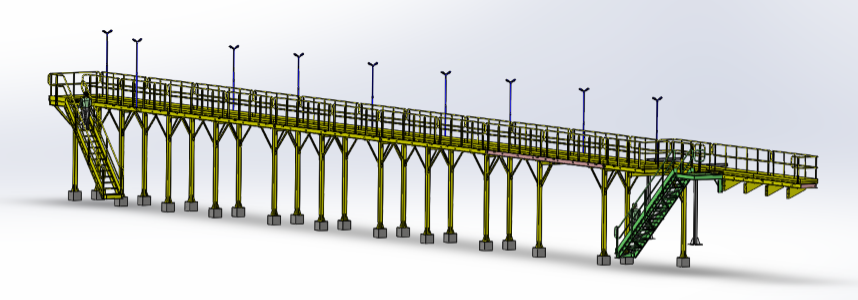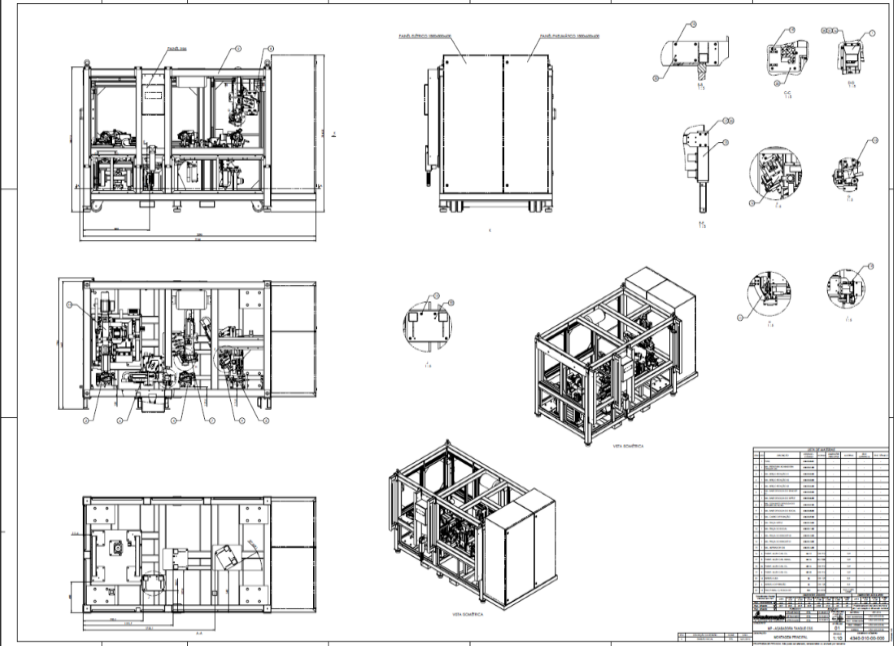Structural Analysis (Finite Elements)
The Finite Element Method (FEM) consists of different numerical methods that approximate the solution of boundary value problems described by both ordinary differential equations and partial differential equations by subdividing the geometry of the problem into smaller elements, called finite elements, in which approximation of the exact solution can be obtained by interpolation of an approximate solution. With this type of method, tensions,displacements, for example, tensions, displacements, deformations, natural frequencies of vibration, mode of buckling, etc can be determined. The types of analyzes already executed by CEMEF are:
- Structural analysis - statics, dynamics, fatigue, structural optimization (linear and nonlinear).
- Thermal analysis - stationary and transient, linear and non-linear.
- Computational fluid dynamics - CFD, fluid flow problems.
- Linear statics - check of displacements and stresses.
- Linear buckling - check of stability.
- Nonlinear statics - problems of large displacements, mechanical conformation involving plasticity and buckling.
- Stationary thermal - determination of the temperature distribution considering conduction, convection and radiation.
- Transient thermal - temporal variation of the thermal distribution.
- Modal - determination of natural modes and frequencies of vibration, with and without stiffening / softening effects.
- Time response dynamics - variable base loads or excitations and mechanical shocks, also used in dynamic test simulations.
- Harmonic response dynamics - sine / cosine-based loads or excitations.
- Random response dynamics - random base loads or excitations.
- Spectral response dynamics - used mainly in analyzes involving earthquakes (seismic loads).
- Non-linear dynamics - time-varying loads involving contact problems.
- Fatigue - variable loads in the time domain, determination of failure.
- Structural optimization - allows optimization in terms of shape and size.
